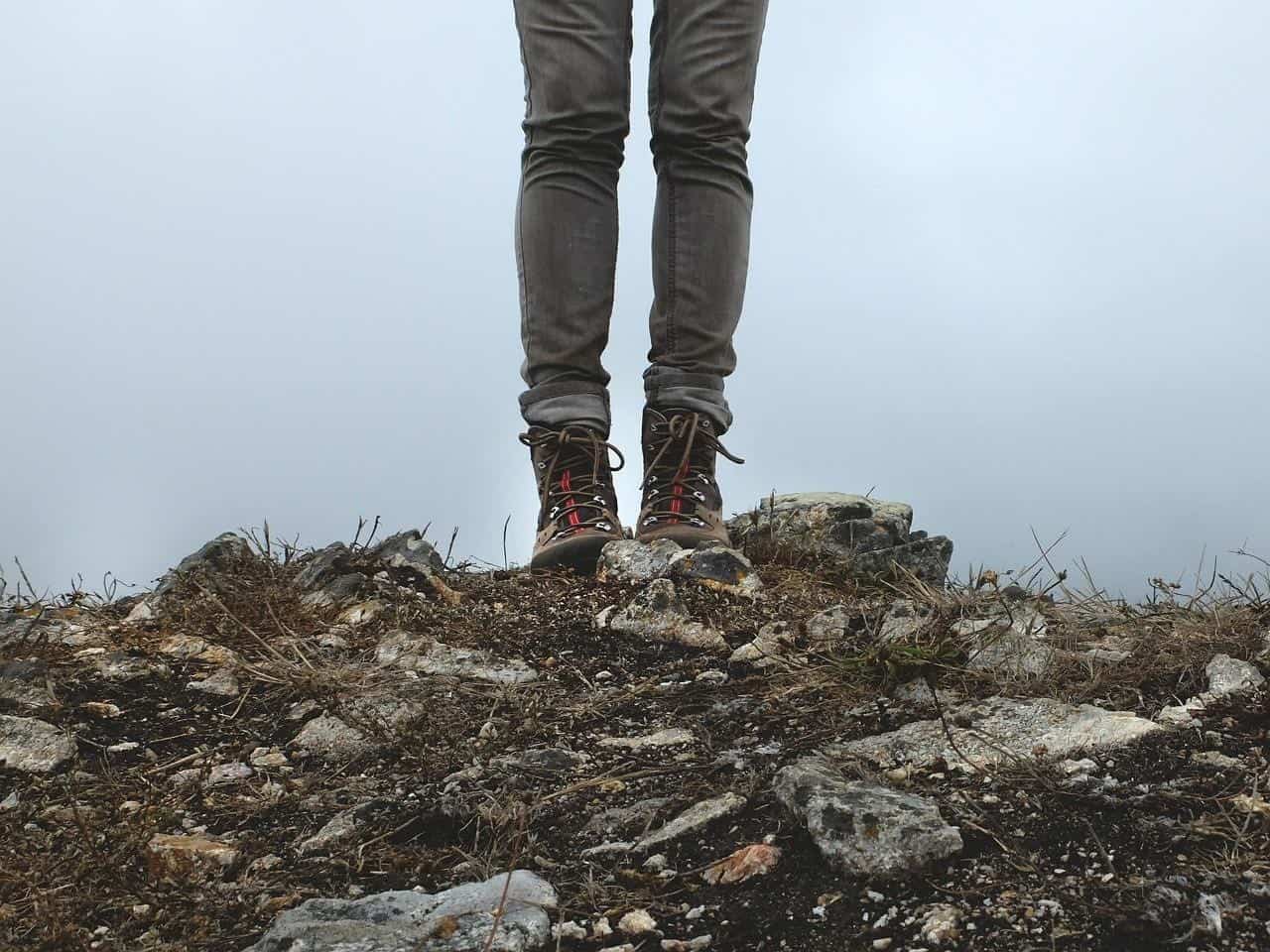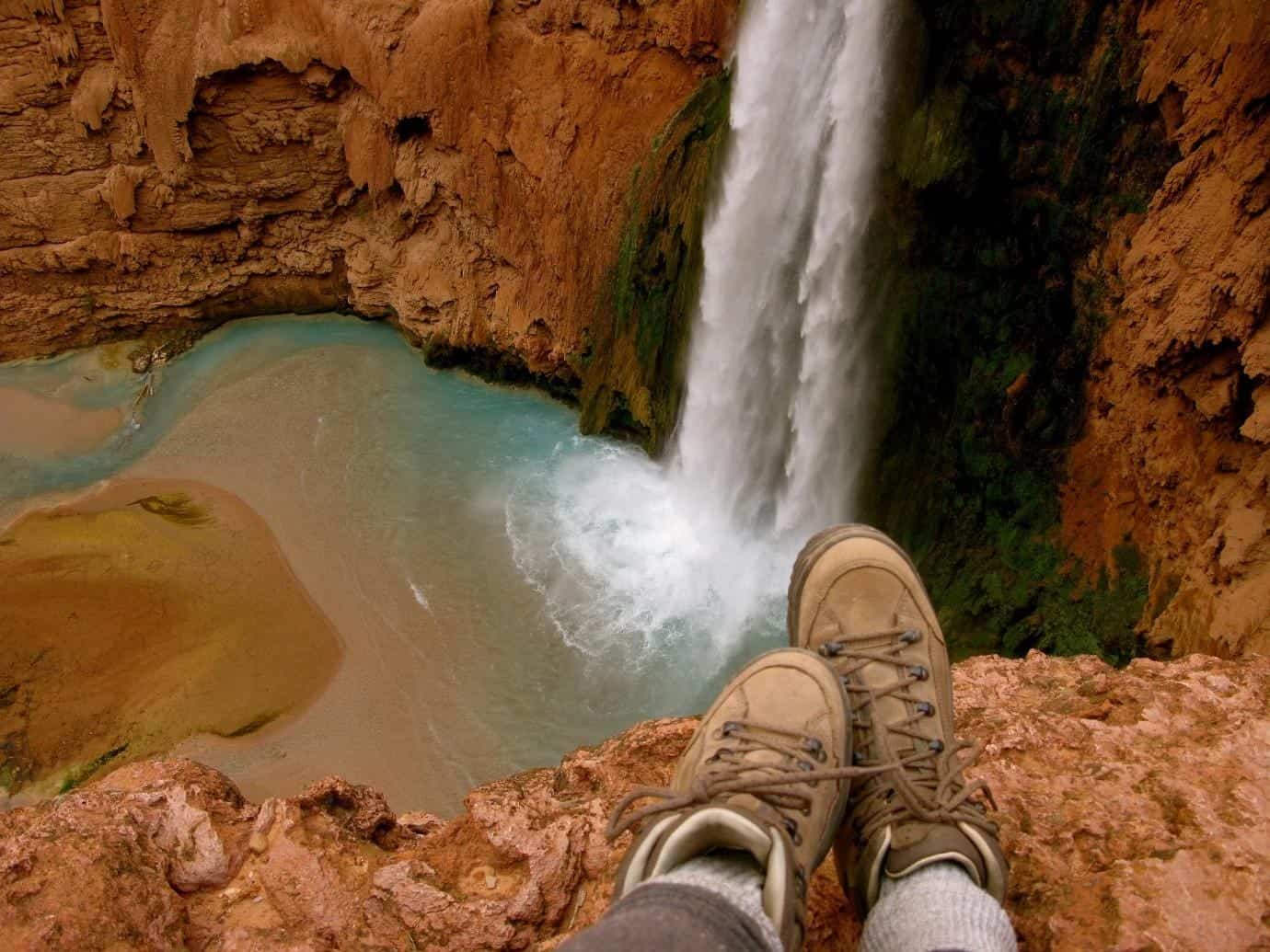Last Updated on October 10, 2024 by Aswetravel
Choosing the Perfect Hiking Boots – So, you’ve decided you want to take hiking trips around the world!
As with any other trip, you have to make sure you pack the right stuff.
There are many different pieces of gear you should purchase if you want to be the safest and most comfortable on your trek.
One of the essential elements to consider is the type of hiking boots you’re going to wear.
When it comes to sturdy boots, there are various options available online.
And although most boots on the market these days are going to be of good quality, they might not all be the right ones for you personally.
Don’t just depend on the brand and what others say about it.
The right fit depends on your specific wants and needs.
You might like dark colors, another person might like light colors.
You may have wide feet, someone else may have narrow feet.
You may have high arches, someone else might have flat feet.
The list goes on.
Here are the three tips to help you choose the best pair of hiking boots.
1) Pick Your Style
There are different varieties of boots, just as there are many varieties of shoes.
The one you pick will depend on the type of hike you prefer to do.
Do you plan to take casual day hikes, or have you set your sights on multi-day treks through the wilderness?
Learning these different styles will help you choose the one perfect hiking boots suited to your hikes:
Hiking Shoes
Compared to boots, hiking shoes are more flexible and come with less support.
If you’re taking shorter hikes on well-defined trails or carrying a light load, it may be best to opt for these.
Many of these shoes are akin to running shoes, or low-cut versions of hiking boots.
Hiking Boots
Boots generally offer more support than shoes, since they are taller with stiffer construction.
The downside to this is that they are heavier than average shoes.
If you take long hikes on rough terrain, have a heavy backpack, or need more support in your feet, this should be the best choice for you.
Backpacking Boots
This footwear is perfect for long treks and heavy backpacking loads, hence the name.
They’re taller, stiffer, and offer surer footing than other footwear varieties.
These are also the heaviest and need at least two weeks of breaking in before you’ll be able to take them out on the trails.
-

Backpacking Boots
2) Check the Fit
Since you’ll be walking in these shoes for hours or even days at a time, you must get the perfect fit.
Without the right fit, you could suffer. Ill-fitting shoes are the causes of blisters and other painful foot afflictions, such as bunions or ingrown toenails.
Working out a good blister prevention strategy is only a small effort, that will be well worth it.
He also notes that your feet will grow longer and wider with age.
If you’re an experienced hiker, you may find that your footwear doesn’t fit the same way it once did.
You should get them measured regularly to ensure your feet haven’t outgrown your footwear!
When you try on your shoe, stand upright, and slide your foot to the toe of your shoe.
Check the sizing with your index finger—if your finger fits comfortably between the back of the shoe and your heel, it’s a proper fit.
3) The Material
Hiking boots don’t all consist of the same type of material.
Each material has its unique benefits, so you can decide for yourself which ones should take priority.
A boot’s weight, breathability, durability, and water-resistant depend on this factor.
Synthetic
Footwear today will usually contain nylon, polyester, and “synthetic leather.”
Shoes made from these materials break in faster, are more lightweight, and cost less than other varieties.
The downside is they are often less durable and offer less protection.
Split-Grain Leather
Split-grain leather usually consists of leather with nylon and/or nylon mesh for better breathability and less weight.
These shoes are often cheaper because they are less water and abrasion-resistant.
Full-Grain Leather
Often, you will see full-grain leather in backpacking boots.
The material is ideal for rugged terrain and multi-day trips. It offers exceptional abrasion resistance, durability, and water resistance.
On the other hand, it’s quite heavy and requires multiple days to break in for comfortable wearing.
The Perfect Hiking Boots for Trekking the World
You may discover that you like multiple different styles of footwear when you hike.
In this case, there is nothing wrong with having various pairs and switching them out as you please.
A selection of hiking gear works well if you’re dealing with different types of terrain.
Buying a pair of hiking boots is by no means a simple decision.
The type of boot, its fit, and the material are all essential factors that should influence your choice.
We hope this guide will help you stay safe and comfortable on your next hike.




